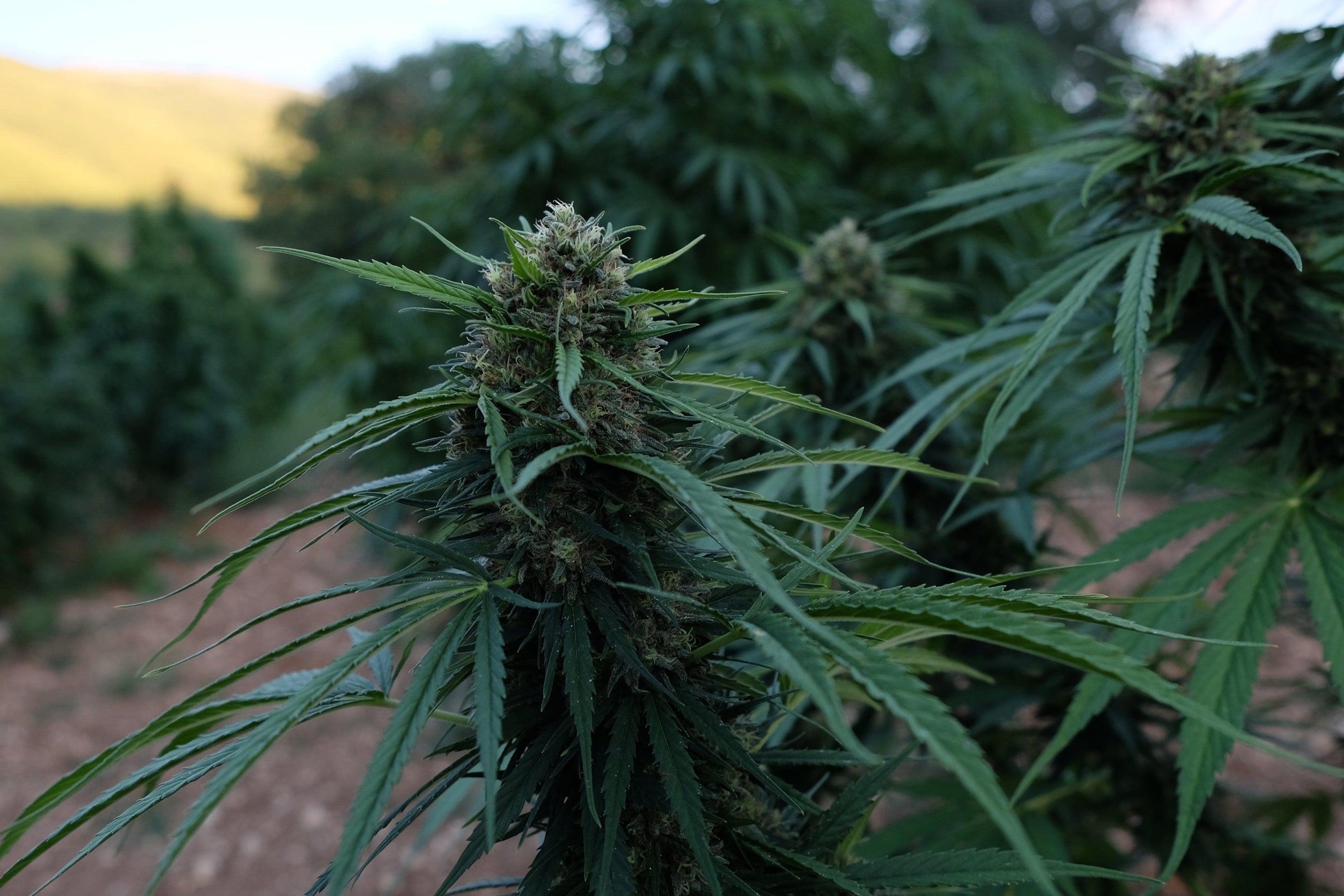Although there are cannabis growers who define themselves as "purists" and prefer plants to grow completely spontaneously, we know well that to obtain richer harvests in terms of yield it is essential to adopt at least some pruning techniques. In fact, it is thanks to this practice that the plant can be controlled and made more productive. In this article we will understand better why it is so important to prune cannabis or light cannabis plants and we will delve into one of the most used and fruitful pruning techniques: apical pruning. Specifically we will see:
- Why is cannabis pruned?
- Prune cannabis to increase yield
- Apical pruning, what is it for?
- How to perform apical pruning
Why is cannabis pruned?
Pruning is an agricultural technique with very ancient roots and known throughout the world. It basically involves removing some superfluous parts from the plant to optimize its growth and somehow direct it.
It works like with our hair: cutting split ends and brittle parts makes it grow stronger and even in the case of healthy hair, trimming it regularly definitely strengthens its consistency.
A plant that grows completely spontaneously will also develop less structured branches, will perhaps risk receiving little nourishment because it is covered in leaves , will grow in an unbalanced way and inevitably during flowering some of its parts will be affected.
No one will remove dead or diseased leaves from a spontaneously growing plant, which are usually half yellow or brown. You take them off right?
It is very important that the plant breathes , it is no coincidence that one of the pruning techniques consists in eliminating the leaves . Not only the dry or diseased ones that will end up in the garbage, but also the excess ones that prevent good oxygenation of the plant.
This applies to all plants and… revelation, cannabis plants or light marijuana plants are exactly like all other plants.
In addition to the quality of the soil , the irrigation system and the exposure to light , cannabis and light cannabis growers will have to think about pruning sessions, at least one per plant per harvest.
In addition to being a way to treat or prevent certain diseases, pruning can be useful for keeping all cannabis plants at the same height and therefore ensuring that they receive the same amount of light .
Or it can be a good way to modify the shape of the plants in order to enhance the best parts and eliminate the less developed branches, so that the plant's nutrients and growth hormones are not wasted.
It is clear that pruning can be a game changer if our goal is to obtain crops with the best yield .

Prune cannabis to increase yield
As we have seen, a plant that grows completely spontaneously could have imbalances.
There could be too many leaves, or less developed branches destined for very weak flowering , which, remaining where they are, would do nothing but weaken the overall structure of the plant.
The objective of pruning is precisely to concentrate all the resources and nutrients of the plant to make the best and potentially most productive parts grow as best as possible.
An unpruned marijuana plant or even a light cannabis plant would probably develop many buds but all of them small in size . The active ingredient, instead of being completely concentrated , would be somehow diluted into many little more than insignificant flowers.
The objective of cannabis growers, however, should be to obtain crops with fewer but large buds in order to better concentrate all the active ingredient of the plant.
Apical pruning, what is it for?
There are different pruning techniques, but we have chosen to talk to you about apical pruning because we think it may be the one with the best "simplicity-yield" ratio. In fact, even less experienced cannabis growers will be able to approach this technique without too much difficulty with a little forethought.
This type of pruning consists of cutting the apical top, i.e. the main branch of the cannabis plant.
This cut, which must be made at the height of the last node of the main branch , ensures that the buds underneath the cut develop into two new, more lush apical buds.
Once the apical tops have been removed, the lateral branches of our plant will grow stronger and will in turn be ready for a new apical pruning. We will thus have multiplied our ramifications which will develop in the shape of a shrub and not upwards.
On the one hand, this type of structure promotes balanced exposure to light for all parts of the plant, and on the other it ensures that the nutrients and growth hormones of the cannabis plant are distributed more evenly.
The only weak point of apical pruning is the temporary slowdown in the growth of the plant caused by the trauma of the cut, but don't worry, in a week the plant will grow back stronger than before.
Due to this slowing down, there may be a small delay in flowering but it would be absolutely worth it. There is a variant of this type of pruning, a little less invasive, it is called Fim pruning and consists of cutting just before the last node, therefore also exploiting that in the growth phase for further lateral branching.

How to perform apical pruning
These indications apply whether it is a marijuana plant or a light cannabis plant, a choice that we highly recommend to experience the satisfactions of cultivation as well as the benefits of light marijuana in a completely safe and legal way.
First of all, as with any other type of pruning, we will need to equip ourselves with a clean shear . Better to avoid chicken shears if you want to avoid damage to the plant. Each creature has its own instrument. We will proceed with the apical pruning during the vegetative phase , i.e. during the growth phase and never, ever during flowering.
It will be appropriate to wait until our plant reaches around 90 centimeters in height, then we will identify the main branch of the plant and cut at the height of the last node . As the plant grows, we will have to keep the lateral branches under control in order to prune further, in case our desire is to "widen out"
During the vegetative phase we can, without exaggerating, prune the plant as many times as we deem necessary . In the case of indoor cultivation, however, we will have to be able to adjust ourselves in advance based on the space available because short but rather large plants will grow.
For Fim pruning , you will proceed exactly in the same way, but being careful to cut above the last node, effectively leaving it still free to sprout.
We at Terre di Cannabis, among other techniques, also use apical pruning for our light cannabis to obtain full and productive harvests . Our varieties are all grown naturally and organically.
In case you're waiting for your buds, you might want to order some great weed online in the meantime. Know that ourlight marijuana is completely legal and you can receive it comfortably at home in just a few clicks, ordering on our website or on WhatsApp .
If the article was of interest to you, share it on social media with the rest of the Community, every single share helps us support our blog and keep you fully informed about the world of Cannabis.
You might also be interested in:







